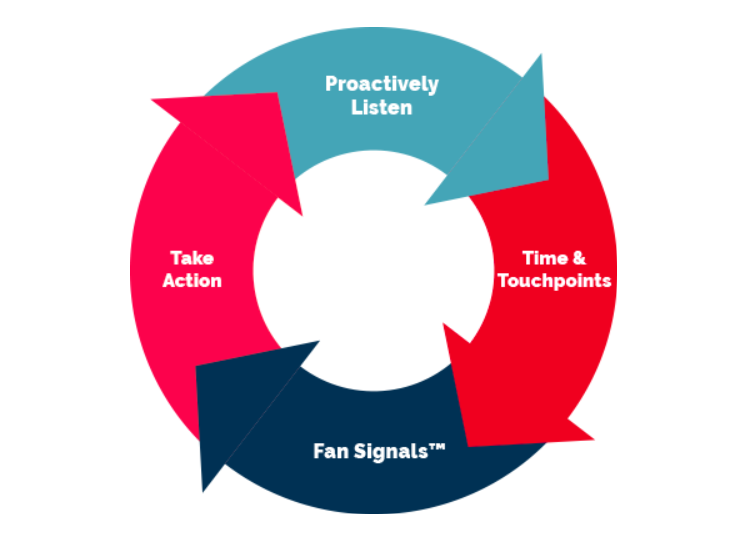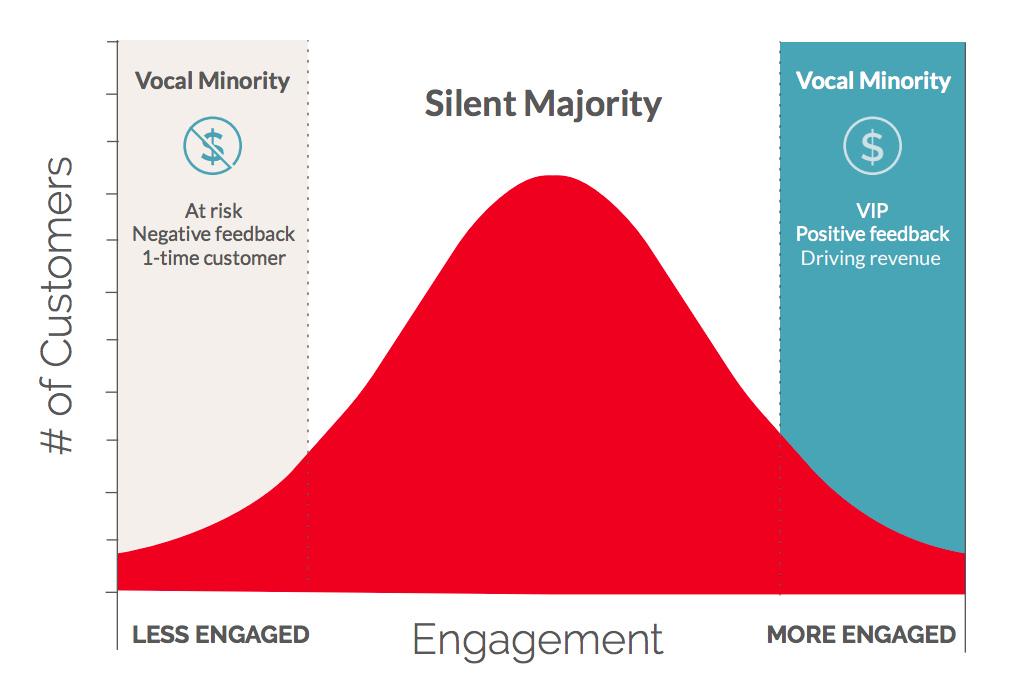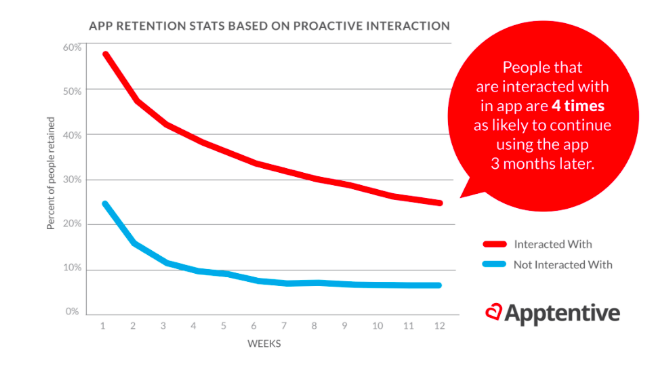Experts suggest understanding customer emotion and customer sentiment is the key to unlocking customer experience over the next decade. Forrester recently reported that when it comes to stand-out customer experiences, leading brands rely on emotion to build loyalty.
But many marketers and product managers often use “emotion” and “sentiment” interchangeably, even though they are very different. Others believe they measure emotion and sentiment when in reality, the metrics they rely on don’t tell a complete customer story.
This post explains how customer emotion and customer sentiment are similar, how they’re different, and how you can employ a holistic measurement strategy to gain a full-scale view of your customer experience.
Customer Experience → Customer Emotion → Customer Sentiment
It all starts with an experience. Customer experience is any interaction between a brand and a consumer throughout their business relationship. The number of potential interactions across digital and in-person touchpoints can be endless and look different for every brand.
An emotion is a response that occurs when we think or experience something. Chemicals are released in our brains that make us feel positively or negatively about what’s happening in front of us. Whether a customer completes a purchase, leaves a review, or mentions your company socially, there is always an emotional state connected to their action. Emotions are as unique as the individuals experiencing them, so the black and white scale of positive to negative often includes countless grey areas.
Sentiment is the belief or mental attitude that emerges from our emotions. Sentiment is generally shared by groups of people rather than individuals and is traditionally easier to measure than emotion. When you monitor sentiment, you try to measure the tone, context, and feeling from customer actions.
Put simply: Sentiment is the “what.” Emotion is the “why.” Measuring and acting on both is critical to customer experience success.
Emotion and Sentiment are Always Connected. Measure Both.
Customer emotion and sentiment can range anywhere from pleased or loving to neutral or angry. And as outlined above, experiences drive emotions, which drive sentiment. In order to measure sentiment correctly, you must also capture and understand the emotions that drive it.
There is a new standard for measuring emotion and sentiment through your customer voice and feedback initiatives, which is looking at what Apptentive calls “emotion data.” Today’s marketers and product managers have the power to utilize tools that help them reveal new fans, at-risk consumers, and shifts in emotion from customer experience over time in order to gauge sentiment. With that level of unique data from ongoing interactions—both online and onsite—they can respond faster to revenue opportunities and build loyalty, while enhancing their own first-party data.
However, while customer emotion and customer sentiment are always connected, they are also vastly different:
- Emotions are raw while sentiment is organized. Depending on the context, emotion can be intense, quick, and reactionary. Sentiment, on the other hand, requires more time to think through.
- Emotions are quicker to change than sentiment. One event can trigger an emotion, whereas sentiment is based on how emotions surrounding a topic (in this case, your brand) change over time.
- Sentiment is typically measured positively or negatively; emotion allows for a wider range. Methods that measure on a flat scale, like NPS, are standard in gauging sentiment. However, these methods only tell a small part of the story. Measuring emotion data allows you to go deeper into specific feelings customers have, which can be as diverse as your customer base is.
Customer emotion begets customer sentiment, but your data picture will not be complete without measuring them both.
Measurement Starts by Giving Every Customer a Voice
How do you measure emotion and sentiment? It starts by giving every customer a voice.
Giving a voice to every customer is an aspirational goal for all companies and is transformative at every level across product, marketing, and retail operations. Many brands today may think they build products around their customers based on feedback from a majority, but they couldn’t be further from the truth. In reality, our data shows that brands only hear from less than 1% of their customer base, which we call the “vocal minority.”
The vocal minority is made up of two groups of customers: those who are at risk, and those who are VIPs. The at-risk customers have typically had a negative experience with your brand that triggered their feedback—their meal was bad, their flight was delayed, or they ran into an irritating bug in your app. They’ve raised their proverbial hands to alert you of their problem, whether it’s a one-off occurrence or affecting a larger group of your customers. The VIP group’s experience is just the opposite. These are your all-star, loyal customers—the ones who engage in every email, refer you to their friends, interact with you through other digital channels, and who purchase your goods and/or services regularly.
There is much to learn from the vocal minority of at-risk and VIP customers. The vocal minority has a lot to say, and product professionals and marketers must listen to the group’s feedback and respond to it (and act on it!) accordingly. But remember, the vocal minority makes up ~1% of the average brand’s customer base. The most dangerous decision a brand can make is acting on feedback that doesn’t accurately represent the majority of its customers.
Lastly, Be Proactive About Your Customer Experience
Customer experience can no longer be done reactively. Reactive CX is stuck—and consumers are beginning to notice. Across all verticals, people gravitate to highly-personalized experiences, and not just the ones solely based on what they’ve clicked, viewed, visited, or purchased. As consumers, we now expect the brands we love to deliver the right message, to the right person, via the right medium, at the right place, and at the right time across all of their digital and onsite experiences.
The best way to give your customers a positive, personalized experience? Communication. Reach out, engage them, and make them feel valued. Targeting your message as concisely as possible shows that you’re paying attention to the actions they take and the things they care about. In fact, we’ve found that simply interacting with customers, proactively and respectfully, can increase three-month retention by as much as 400 percent.
We hope the tactics above help you listen to more of your customers and act on what you hear. The more you focus on understanding emotion and sentiment, the more love everyone is sure to feel, and the deeper your customer relationships can be!



